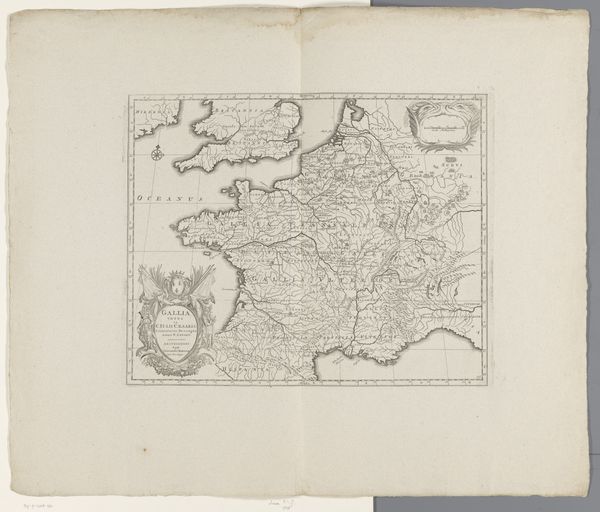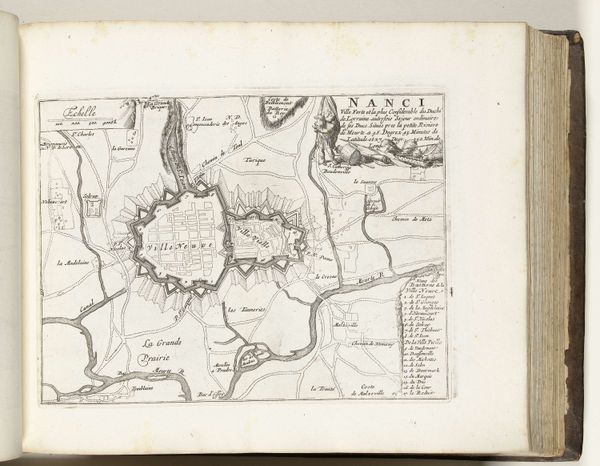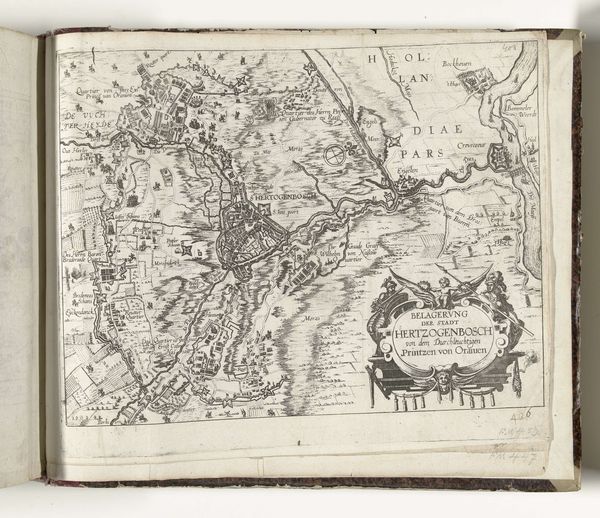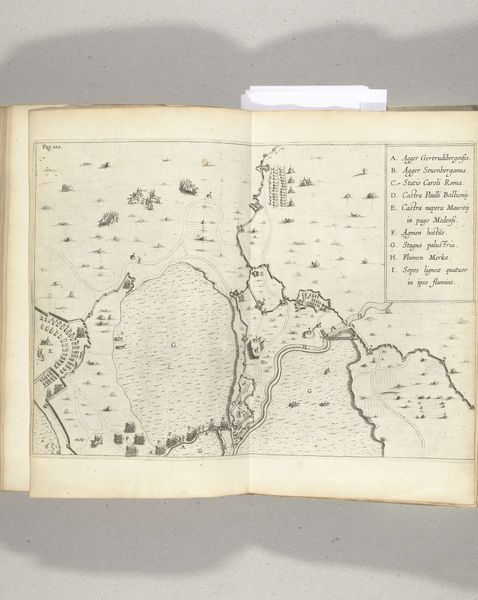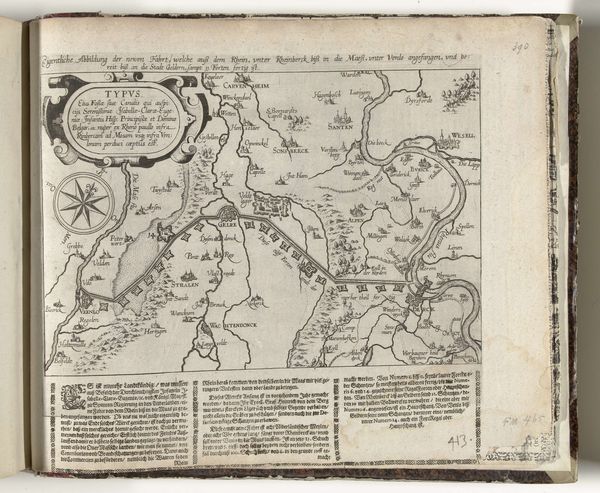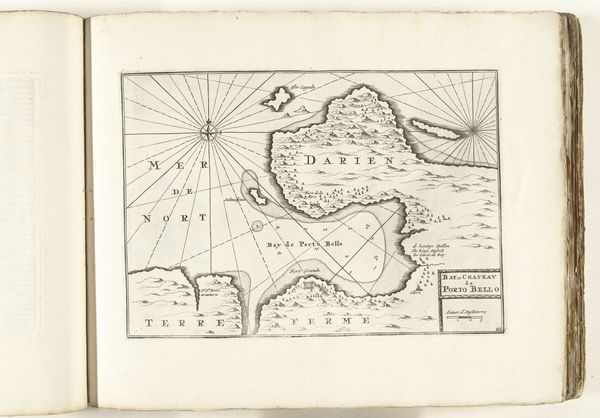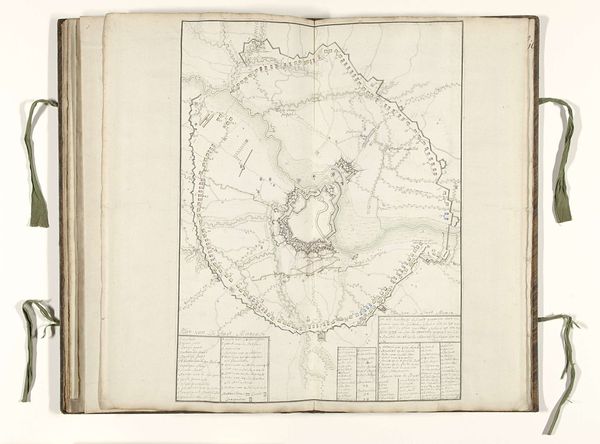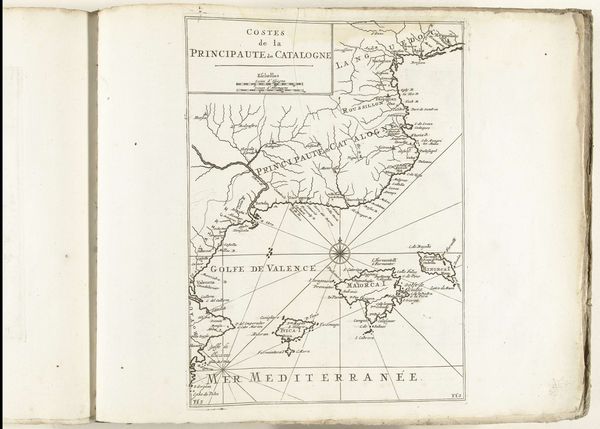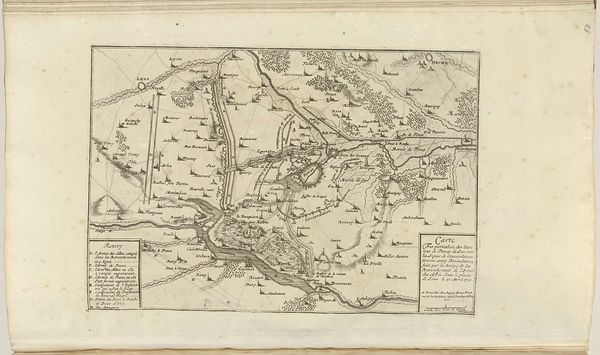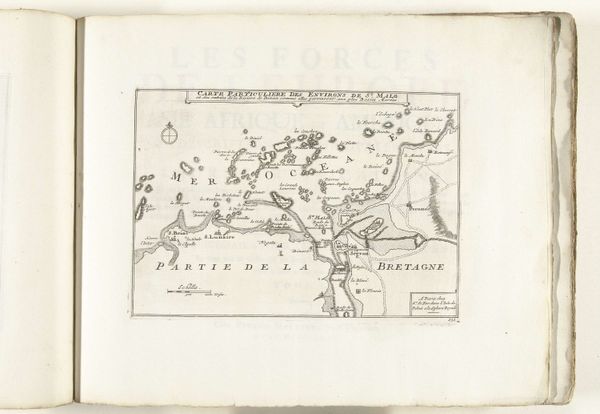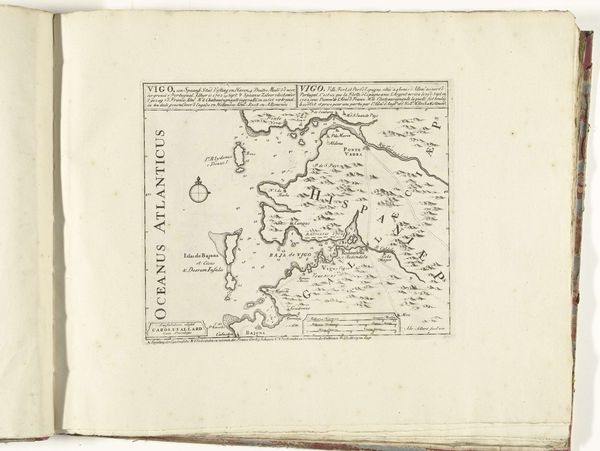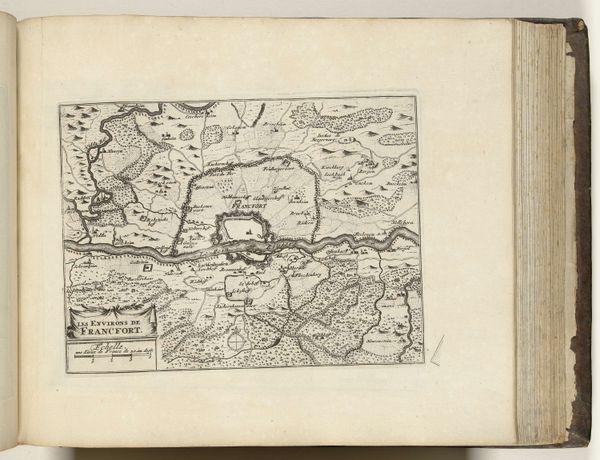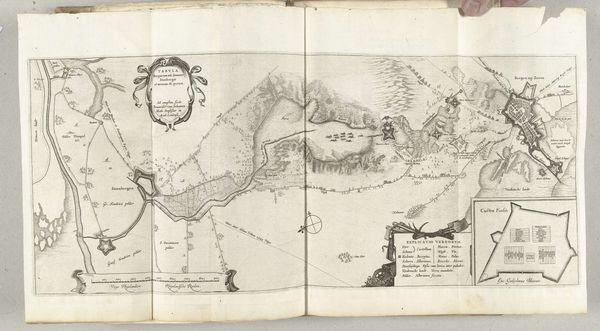
print, engraving
#
baroque
# print
#
landscape
#
history-painting
#
engraving
Dimensions: height 243 mm, width 342 mm
Copyright: Rijks Museum: Open Domain
Curator: This engraving, known as "Beleg van Breda, 1624-1625," offers us a bird’s-eye view of the siege of Breda, created around 1625-1626. It’s currently held here at the Rijksmuseum. Editor: My first impression is one of strategic order. Look at the linear precision, almost like a geometric exercise. The stark contrast creates a clear articulation of space and power. Curator: Indeed, but look closer. Beyond the lines, this is a symbolic representation of Dutch resilience during the Eighty Years' War. The siege of Breda was a pivotal event, embodying themes of perseverance and national identity. You can almost feel the weight of history embedded within. Editor: From a formalist view, it is also the stark use of line that conveys meaning. The repetition establishes the vastness of the battlefield but also the complex relationships between power and terrain. The black ink acts as an explicit representation of the barriers and borders involved. Curator: Precisely! The landscape itself transforms into a character within the historical drama. Consider the symbolic import of mapping; it lays claim to territory, documenting not just space, but power relations—the act of viewing this work and placing the viewer at the position of a distant ruler in many ways recreates those dynamics. Editor: I am seeing, rather, a tension arising between precision of the rendering, and the almost chaotic scattering of tiny graphical elements. The contrast adds dynamism, forcing the eye to survey and interpret a variety of visual events. It hints at a restless materiality, if that can make any sense given that the piece is an engraving on paper. Curator: Interesting observation. For me, what makes it so enduring is how it encapsulates both a specific historical event, and larger narratives of conflict, determination, and ultimately, the construction of a national mythos through imagery. Editor: I see how both the graphical layout and rendering of each of the structural elements establish an almost scientific clarity. The act of visualizing the physical siege becomes then also an exercise in making accessible and ordered, the intangible tensions of power that would surround such an event.
Comments
No comments
Be the first to comment and join the conversation on the ultimate creative platform.
